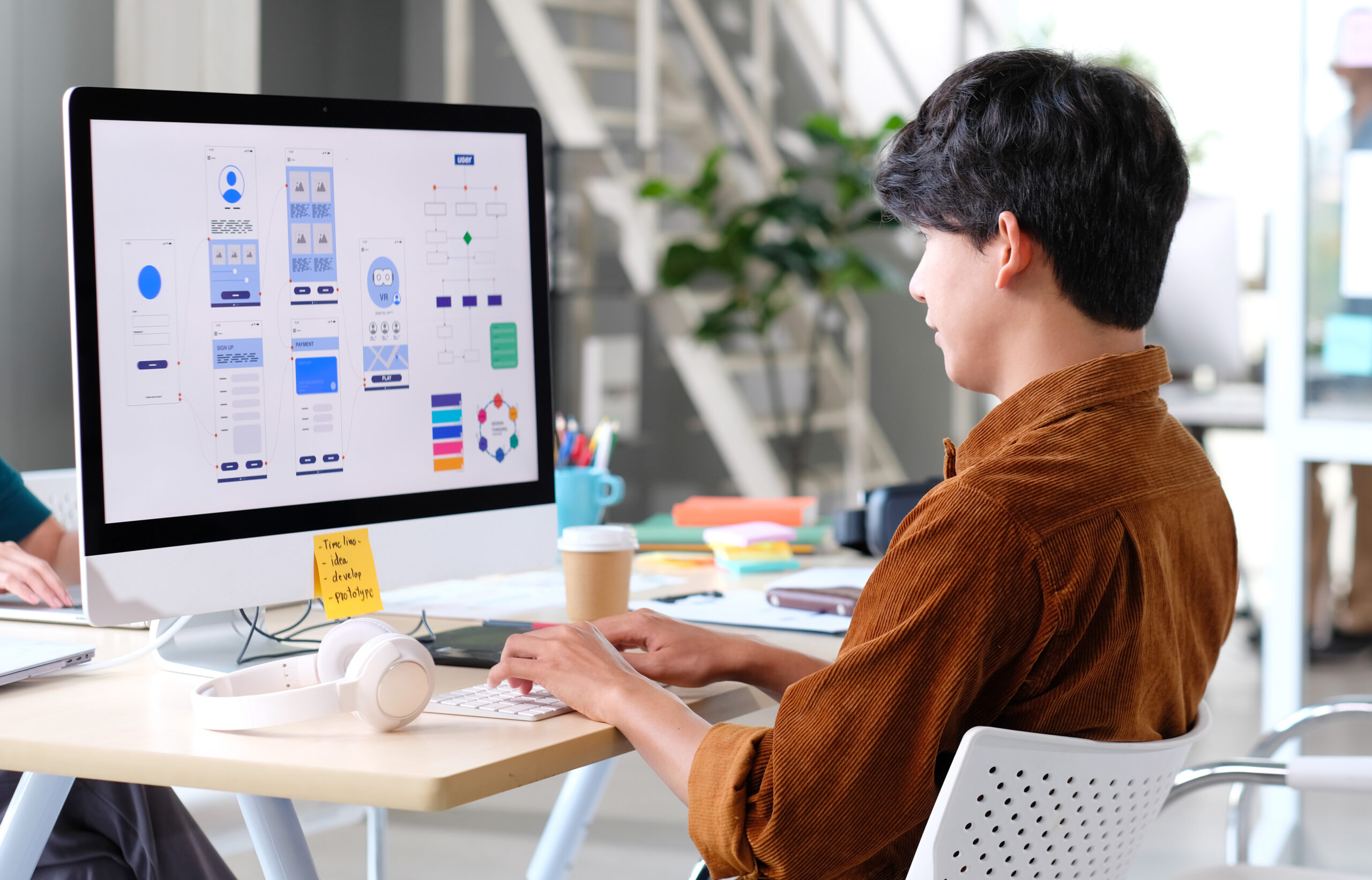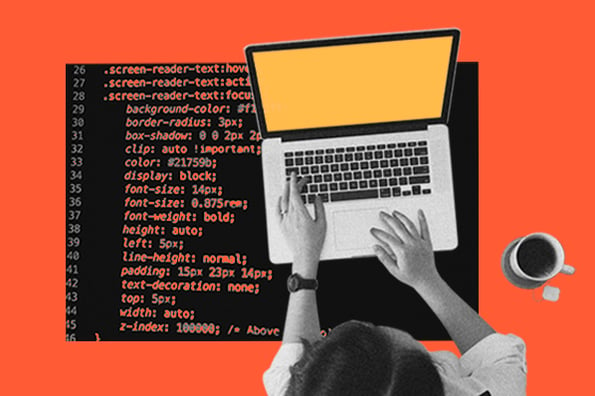Discovering Different Kinds Of Website Design to Improve Customer Experience
In the ever-evolving digital landscape, the exploration of varied internet design methods is critical for boosting user experience. From responsive frameworks that adapt perfectly throughout devices to minimal designs that prioritize simpleness and quality, the options made in website design can exceptionally affect use and engagement. Incorporating interactive aspects additional improves the customer journey, making websites extra vibrant and interesting. However, just how do these methods jointly add to a user-centric digital setting that not only mesmerizes however additionally maintains customers? The solution might lie in the nuanced balance between visual appeal and useful availability.
Responsive Website Design
In an age where digital intake goes beyond numerous devices, responsive internet design has ended up being a keystone of effective user experience. This adaptability not just boosts aesthetic allure yet additionally boosts ease of access and navigating, important for preserving individual involvement.
The implementation of RWD starts with a mobile-first method, focusing on the tiniest display size to assure performance and visual comprehensibility. By utilizing CSS media questions, developers can tailor the website's appearance based upon the features of each tool. This ensures that photos scale appropriately, text stays legible, and interactive aspects are quickly available, therefore reducing the demand for extreme scrolling or resizing.
Additionally, responsive design adds to boosted seo (SEARCH ENGINE OPTIMIZATION) by giving a regular user experience and decreasing bounce prices. Online search engine prefer mobile-friendly websites, making responsiveness an integral element of electronic technique. In significance, receptive web design is indispensable for accommodating diverse user interactions, promoting a inclusive and appealing on-line existence.
Minimalist Design Approaches
Minimalist design's appeal depends on its capability to boil down intricate details right into its most important components, producing a instinctive and minimalist individual experience. By focusing on simpleness, minimal design eliminates supplementary details, permitting individuals to concentrate on core material and capability. This technique is identified by ample white space, tidy lines, and a limited shade scheme, every one of which add to an aesthetically pleasing and reliable user interface.

Furthermore, minimalist design supports much faster filling times, as fewer graphical components and minimized content complexity can decrease the quantity of information needed to provide a website. This effectiveness not only enhances customer fulfillment however additionally adds to much better search engine optimization (SEO) positions. Minimal style is not just a stylistic option however a tactical technique that can substantially influence user interaction and conversion rates.
Interactive and Dynamic Components
Vibrant and interactive elements are crucial in improving individual interaction and developing unforgettable web experiences. These components include animations, float effects, sliders, and real-time updates, which not only record individuals' interest yet also promote seamless navigating. By incorporating these attributes, designers can change fixed web pages into interesting digital settings that motivate communication and exploration.
Animations, as an example, can direct users via complex info without frustrating them, while hover effects supply instant responses, improving the customer's understanding of clickable locations. Web Design Gauteng. Additionally, sliders allow customers to view material at their own rate, and real-time updates make sure that information offered is relevant and existing, preserving the user's rate of interest

User-Centric Design Methods
A keystone of effective web style is the execution of user-centric design strategies, which prioritize the requirements and choices of the end customer above all else. By concentrating on the user, designers can develop instinctive, accessible, and appealing experiences that enhance satisfaction and drive communication.
One essential strategy is use screening, which includes observing genuine individuals as they connect with the layout. This procedure recognizes discomfort points and locations for enhancement, allowing designers to refine the interface iteratively. Including comments loops and agile approaches additionally ensures the style progresses in alignment with customer assumptions.
Additionally, accessibility is an important element of user-centric style. Guaranteeing that digital systems are available to all users, including those with specials needs, improves inclusivity and broadens the prospective customer base. This can be accomplished with conformity with Web Material Access Guidelines (WCAG) and the thoughtful application of style concepts like contrast, navigation, and readability.
Ultimately, successful user-centric style promotes a seamless connection in between the individual and the electronic atmosphere, raising total user experience.
Applying Newest Design Patterns
In the realm of web style, remaining abreast of the latest layout fads is essential for producing practical and aesthetically compelling interfaces that mesmerize customers. Minimal design, characterized by tidy lines and adequate white space, permits customers to concentrate on web content without unneeded disturbances.

In addition, including the current typography trends, such as variable fonts, offers versatility and versatility throughout different tools and display dimensions, guaranteeing uniformity in individual experience. Ultimately, dark mode styles have actually acquired popularity due to their aesthetic charm and energy performance on OLED displays. By strategically implementing these trends, internet developers can develop user-friendly and innovative websites that resonate with modern audiences.
Verdict
A detailed expedition of numerous internet layout methodologies is important for improving individual experience. By integrating receptive style, minimal methods, and interactive aspects, internet sites can make certain ideal usability and aesthetic appeal across diverse tools. Stressing user-centric techniques guarantees access and interaction, while integrating the most up to date layout patterns promotes a fascinating online environment. Inevitably, a well balanced and enlightened technique to internet style significantly enhances user complete satisfaction and communication, causing improved overall internet site efficiency and success.
In the ever-evolving digital landscape, the expedition of varied web style techniques is extremely important for enhancing user experience.A keystone of reliable internet article source layout is the execution of user-centric layout strategies, which focus on the requirements and choices of the end individual above all else. Ensuring that digital platforms are available to all customers, consisting of those with specials needs, boosts inclusivity and broadens explanation the potential user base.In the realm of web layout, staying abreast of the latest layout trends is vital for creating functional and aesthetically compelling user interfaces that astound customers (Web Design Gauteng).A comprehensive exploration of various web design methodologies is crucial for boosting individual experience